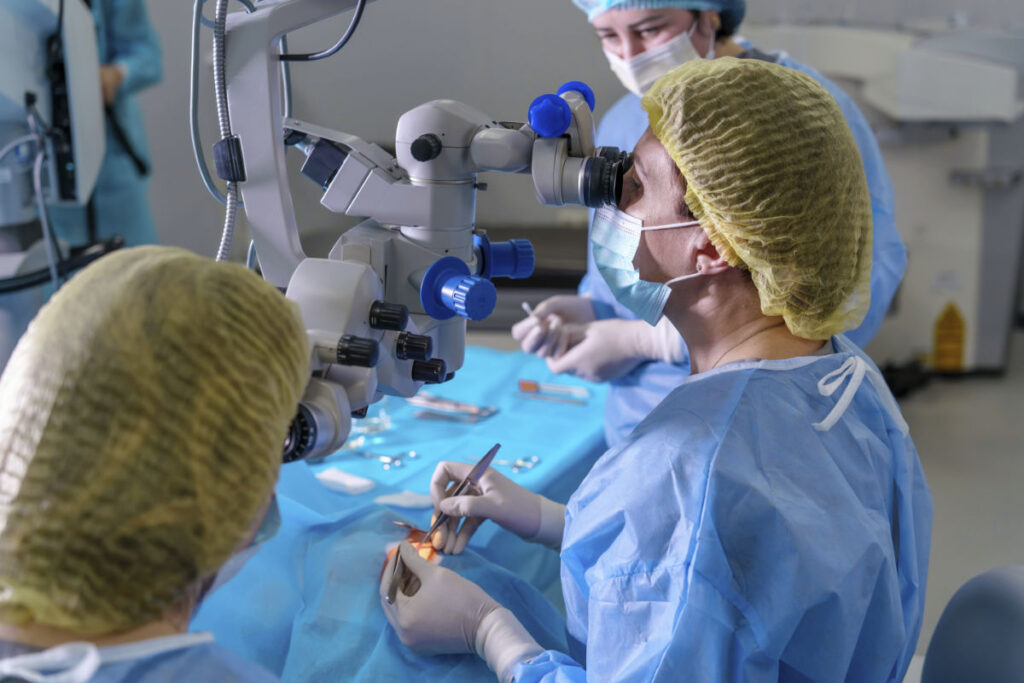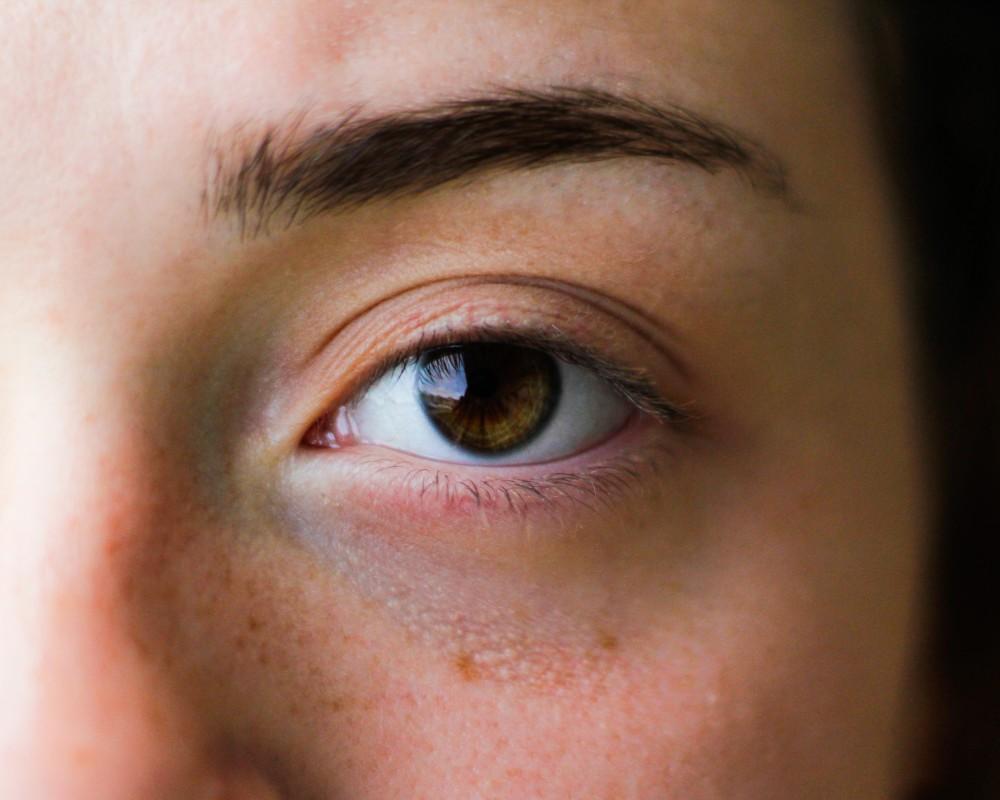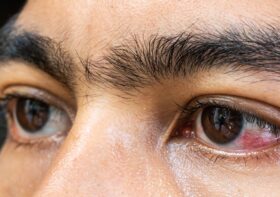Retinal Treatments: How Specialists Restore and Protect Vision

The retina is a crucial part of the eye, responsible for converting light into visual signals that are sent to the brain. As the understanding of retinal health evolves, so does the array of treatments available to address various retinal disorders. This article explores the role of the retina, the importance of early detection, an overview of treatments, and innovations in this field, culminating in the life after treatment and the ongoing need for retinal health maintenance.
Understanding the Function of the Retina
The retina lines the back of the eye and plays a more significant role in vision than many realize. It contains millions of light-sensitive cells that detect light and color, making it possible for us to perceive the world around us. Given its critical function, any disruption in the retinal treatments can lead to severe visual impairment or complete loss of vision.
The Role of the Retina in Vision
As light enters the eye, the retina captures and translates this light into electrical impulses. These impulses are then transmitted via the optic nerve to the brain, where they are interpreted as images. The retina is divided into two main types of photoreceptors: rods, which are responsible for low-light and peripheral vision, and cones, which detect color and detail in brighter settings. The distribution of these photoreceptors is not uniform; rods are more concentrated in the peripheral regions, while cones are densely packed in the fovea, the central part of the retina, allowing for sharp central vision.
Any damage or deterioration to these cells can significantly impair vision, emphasizing the importance of understanding retinal function and maintaining retinal health. Regular eye examinations are crucial, as they can help detect early signs of retinal issues before they progress to more serious conditions. Furthermore, lifestyle choices such as a balanced diet rich in antioxidants, regular exercise, and protection from UV light can contribute to the overall health of the retina.

Common Retinal Disorders and Their Symptoms
There are several common retinal disorders that can affect individuals of varying ages, including:
Age-Related Macular Degeneration (AMD): A leading cause of vision loss in older adults, characterized by blurriness or dark patches in the center of vision.
Diabetic Retinopathy: Often related to diabetes, this condition can damage the blood vessels in the retina, leading to vision changes.
Retinal Detachment: A medical emergency where the retina separates from its supportive tissue, causing sudden vision loss.
Retinitis Pigmentosa: A genetic disorder leading to gradual vision loss, often beginning with night blindness.
Understanding these disorders and recognizing their symptoms is paramount for early intervention and treatment. For instance, individuals with diabetes should monitor their blood sugar levels closely and undergo regular eye exams to catch any signs of diabetic retinopathy early. Similarly, those at risk for AMD can benefit from lifestyle modifications and nutritional supplements that may slow the progression of the disease. Awareness and education about these conditions empower individuals to seek timely medical advice, which can be crucial in preserving vision.
Moreover, advancements in medical technology have led to innovative treatments for retinal disorders, including laser therapy, injections of medications directly into the eye, and even surgical interventions for more severe cases. Research continues to explore gene therapy and stem cell treatments as potential future solutions for retinal diseases, offering hope to those affected by these debilitating conditions. As we deepen our understanding of the retina’s complexities, we also enhance our ability to protect and restore vision, underscoring the importance of ongoing research and awareness in the field of ophthalmology. Read about the advancements in medical technology at https://www.ncbi.nlm.nih.gov/books/NBK235486/
The Importance of Early Detection in Retinal Diseases
Timely detection of retinal diseases can significantly impact treatment effectiveness and the overall prognosis. Many retinal disorders can be asymptomatic in their early stages, making regular check-ups essential.
Regular Eye Examinations and Retinal Health
Annual eye examinations are critical, especially for individuals over the age of 50 or those with risk factors like diabetes. Eye care professionals use a combination of visual tests and imaging technologies to assess retinal health, identifying problems before significant damage occurs.
During these examinations, practitioners may use dilating drops to widen the pupil, allowing for a better view of the retina. Routine check-ups also facilitate early treatment for conditions that could exacerbate without intervention. Furthermore, these visits provide an opportunity for eye care professionals to educate patients about lifestyle changes that can improve retinal health, such as maintaining a balanced diet rich in antioxidants, managing blood sugar levels, and avoiding smoking. Such proactive measures can play a crucial role in preserving vision and preventing the progression of retinal diseases.
Diagnostic Tools for Retinal Diseases
Various diagnostic tools help specialists evaluate the retina’s condition. Current technologies include:
Optical Coherence Tomography (OCT): A non-invasive imaging technique that creates cross-sectional images of the retina, offering detailed insights into its structure.
Fluorescein Angiography: A procedure that uses a special dye to highlight blood vessels in the retina, helping identify diseases such as diabetic retinopathy.
Fundus Photography: A method for capturing detailed images of the retina, used for monitoring changes over time.
These tools have revolutionized the diagnostic process, enabling early detection and tailored treatment plans. In addition to these advanced imaging techniques, artificial intelligence is increasingly being integrated into the diagnostic process. AI algorithms can analyze retinal images with remarkable accuracy, identifying subtle changes that may be overlooked by the human eye. This innovation not only enhances the precision of diagnoses but also streamlines the workflow for eye care professionals, allowing them to focus on patient care and treatment strategies. Moreover, ongoing research into new diagnostic modalities promises to further improve our understanding of retinal diseases, potentially leading to even earlier detection and more effective interventions.
Overview of Retinal Treatments
Once a retinal disorder is diagnosed, there are various treatment pathways available, depending on the type and severity of the condition.
Non-Surgical Retinal Treatments
Non-surgical options often focus on medications and therapies that target specific retinal issues. Some common non-surgical treatments include:
Anti-VEGF Injections: Used to inhibit abnormal blood vessel growth in conditions like AMD and diabetic retinopathy.
Corticosteroids: These can reduce inflammation in the retina and are beneficial in treating certain retinal conditions.
Laser Therapy: May be used to treat retinal tears or to reduce swelling in diabetic retinopathy cases.
These treatments can often preserve or improve vision without the need for invasive procedures. In addition to these methods, patients may also benefit from lifestyle modifications, such as dietary changes rich in antioxidants and omega-3 fatty acids, which can support overall retinal health. Regular eye examinations are crucial for early detection and management of retinal disorders, allowing for timely intervention that can significantly impact visual outcomes.
Surgical Retinal Treatments
When non-surgical treatments are insufficient, surgical intervention may be necessary. Common surgical options include:
Vitrectomy: This surgery involves removing the vitreous gel from the eye to address issues like retinal detachment or bleeding.
Retinal Laser Surgery: Used for sealing retinal tears or holes, preventing retinal detachment.
Implant Surgery: In advanced cases of AMD, retinal implants may be considered to restore some functional vision.
Surgical treatments typically require a recovery period during which patients are monitored for any complications. Post-operative care may include the use of eye drops to prevent infection and reduce inflammation, as well as follow-up appointments to assess healing. Patients are often advised to avoid strenuous activities and to adhere to specific positioning instructions to optimize surgical outcomes. Furthermore, advancements in surgical techniques, such as minimally invasive approaches, have improved recovery times and reduced the risk of complications, making surgical options more accessible and effective for a wider range of patients. To learn more about surgical treatments click here.
Innovations in Retinal Treatment
The landscape of retinal treatments is constantly evolving, with innovative approaches showing great promise for improving patient outcomes. Research is ongoing, leading to new technologies and methodologies that enhance the effectiveness of current treatments.
Advances in Retinal Surgery
Recent advancements in minimally invasive surgical techniques have made it possible to perform retinal surgeries with shorter recovery times and less postoperative discomfort. For instance, small-gauge vitrectomy allows surgeons to use smaller instruments, reducing trauma to the eye and promoting faster healing. This technique not only minimizes the risk of complications but also enables a quicker return to daily activities for patients, significantly enhancing their quality of life.
Telemedicine has also improved consultation and follow-up care, allowing patients to engage with specialists remotely while still receiving high-quality care. This is particularly beneficial for individuals living in rural or underserved areas, where access to specialized retinal care may be limited. By utilizing virtual platforms, patients can receive timely assessments and management of their conditions without the burden of travel, ensuring that they remain connected to their healthcare providers.
Future of Retinal Treatments: Promising Research and Developments
Research continues to focus on gene therapy, stem cell therapy, and advanced drug delivery systems to treat retinal diseases more effectively. There are promising developments in the use of retinal prosthetics for patients who have lost significant vision, aiming to restore partial sight through electronic devices implanted in the eye. These prosthetics work by converting light into electrical signals that stimulate the remaining healthy retinal cells, offering a glimmer of hope for those with conditions like retinitis pigmentosa and age-related macular degeneration.
Moreover, the integration of artificial intelligence in the diagnosis and treatment planning of retinal diseases is revolutionizing the field. AI algorithms are being developed to analyze retinal images with remarkable accuracy, allowing for earlier detection of conditions such as diabetic retinopathy. This technology not only aids in timely intervention but also helps in personalizing treatment plans based on individual patient data. The future of retinal treatment holds great potential, and ongoing clinical trials will determine the effectiveness of these innovative therapies, offering hope for many patients suffering from retinal disorders.
Life After Retinal Treatment
Whether the treatment was surgical or non-surgical, many patients require support and rehabilitation post-treatment to adapt to changes in their vision.

Rehabilitation and Vision Therapy
Rehabilitation programs tailored to individual needs can help patients adjust to new ways of seeing or coping with vision loss. These programs may include:
Low Vision Rehabilitation: Providing tools and strategies to maximize remaining vision.
Vision Therapy: Exercises designed to enhance coordination and visual processing.
Orientation and Mobility Training: Teaching safe navigation techniques, promoting independence.
Support from trained professionals can make a significant difference in the quality of life for someone recovering from retinal treatment.
Maintaining Retinal Health Post-Treatment
After undergoing treatment, maintaining retinal health is crucial. Patients are encouraged to:
Follow-Up Appointments: Regular check-ups to monitor retinal health are essential.
Healthy Lifestyle Choices: A balanced diet rich in antioxidants and omega-3 fatty acids, along with regular exercise, can support overall eye health.
Protective Eyewear: Sunglasses that block UV light can protect the retina from sun damage.
Staying informed and proactive about retinal health can maximize the benefits of treatment and support long-term vision preservation.
In conclusion, understanding the complexities of retinal health and the treatments available is vital for preserving vision. Retinal specialists play an essential role in providing tailored approaches, leveraging innovative technologies, and promoting proactive care. Through regular examinations, timely interventions, and ongoing support, patients can navigate the challenges posed by retinal disorders and strive for optimal visual health.
Related : Retinal Diseases: Early Signs and Why You Should Act Fast



